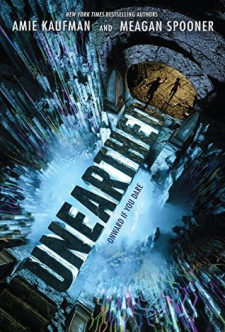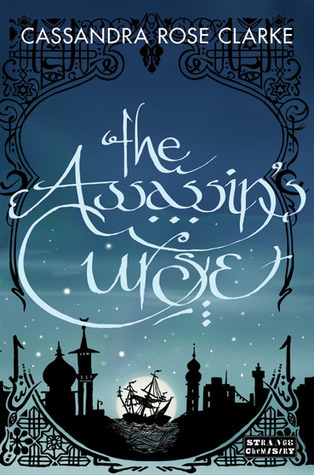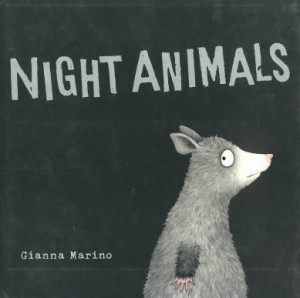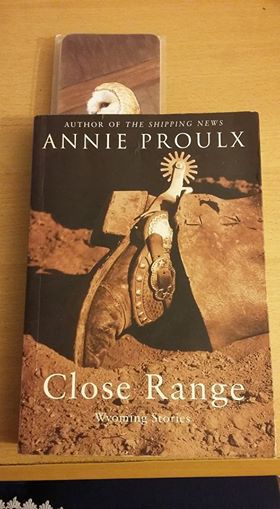
I first read Annie Proulx’s collection Close Range: Wyoming Stories when I was 17. I was astounded by the Ang Lee directed Brokeback Mountain and wanted to read the story itself. I ordered the collection, not expecting to be enthralled by it as much as I was. While Brokeback Mountain will always be a firm favourite of mine, her other stories are equally brilliant in their portrayal of life in Wyoming. This is a rough life, toiling in hard labour and surrounded by harsh landscapes. Proulx’s stories resonated with me because they show how environment and social setting mold characters to behave as they do. My research interest soon manifested in this. After reading a few of her novels, The Shipping News, Postcards and The Accordion Crimes, I cannot deny the fact that this collection is my favourite of her work so far.
Surprisingly, my interest in the effect of society and region was sparked a little closer to home. It manifested ten minutes from my childhood home (I am in fact one of those English blow-ins that are readily found in West Cork). In the 2nd year of my BA, I took a module on Irish writing which featured the stories of Edith Somerville and (Violet) Martin Ross. I loved reading The Irish RM Stories because its setting was so familiar to me. I knew the West Cork that they wrote about. I grew up a mere ten minute drive from where they are buried in St Barahane’s graveyard in Castletownshend.
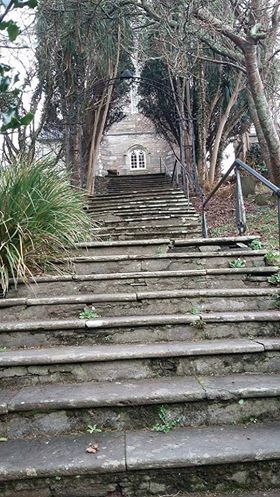
Steps leading to St Barahane’s Church
I was enthralled by the rural activity in the stories. I wondered why this was. Why would the space they wrote about be so interesting? Now I know it is because it gives an indication as to why the characters act as they do. We see Major Yeates try to navigate his new environment just as those who are not familiar with it do. The rich quality of their writing gives readers the opportunity to see what life in a unique part of Ireland was like. There is no place like West Cork, though I could be biased having grown up there. I believe Somerville and Ross immortalised the area in their writing and gave people an opportunity to learn about it. It shows an appreciation for the place but also a great understanding as to how people and place function together.
So what is the connection here? How does an American writer connect to two Irish writers, born into different eras?
After I read The Irish RM Stories I went back to Close Range. Part of this may have been some kind of self-torture as I read about Ennis and Jack’s doomed love in Brokeback Mountain once again. But I realised as I read that I was keenly interested in how Proulx writes about the American West, just as I had been with Somerville and Ross writing about West Cork. Proulx doesn’t just put the characters there, Wyoming is a character. She shows what living there was and is like. Wyoming is unyielding. It creates hard people because that’s what it takes to survive. It is a liminal space. The characters and stories exist somewhere between civilisation and savagery as they act in way befitting their environment. They take laws into their own hands, create fantasies to cope with living on barren plains and try to make a living in the limited ways available to them.
Proulx includes a quote at the start of her collection which reads “Reality’s never been of much use out here”. It is credited to “Retired Wyoming rancher”. It could be assumed that this was someone Proulx met while living in Saratoga, Wyoming. I think this quote holds huge relevance in relation to the Close Range stories. The reality that people know is that of hard work and getting by. The fact he says “out here” indicates that Wyoming is seen as a place of otherness, beyond civilisation. There is a feeling that it is set apart from anywhere else in the US and its way of life has become so deeply ingrained in society that it has become its own reality, unlike any other.
I want to look at one story from the Close Range collection as an example of this. People in Hell Just Want a Drink of Water is the sixth story in the collection. It begins with telling the story of Ice Dunmire, a self-made rancher whose perseverance allows him to survive in his adopted state of Wyoming. Before Ice is even introduced, the scene is set. Proulx writes of Laramie, Wyoming as “The wild country – indigo jags of mountain, grassy plains everlasting, tumbled stones like fallen cities, the flaring roll of sky – provokes a spiritual shudder” (107). Even before we see a character, the atmosphere is set. There is a feeling that this terrain is endless with its ‘everlasting’ plains and rolling skies. People have to adapt to the landscape and the Dunmire family represent this. After Ice buys his ranch, he rears his sons to work it. His wife, tired of her existence as a baby-making machine, leaves him with eight sons to care for. Ice is not a doting father but rather teaches his sons to work hard. They need to learn that life on a ranch cannot afford them being workshy. They “got ropes for Christmas, a handshake each birthday and damn a cake” (109).
The boys are raised to endure. This is shown as Proulx outlines their ability to withstand pain, a snippet of the story dedicated to outlining how one son travels miles with a broken leg he splints himself. This is the world they have been brought up in. Pages into the story, another family are introduced. The Tinsleys are shown as weaker ranchers, they cannot thrive as the Dunmires do with Mr Tinsley being recognised for his “failure as a stockman” (113). The contrast in family fortunes highlights the way in which Wyoming can let you prosper or suffer. Tinsley’s poor land is his downfall along with his inability as a rancher. I won’t spoil the story for anyone who has the notion to read it, it would go against my vigilant anti-spoiler morals. However, the Tinsley son, Ras represents what can happen to a man who does not belong in such an uncompromising world. He goes against the masculine archetype of the stories, he cannot perform as a good Wyoming man should. Due to these shortcomings, the land and the people in it are unforgiving.
While my research topic is not concrete just yet, I am fascinated by this idea of what effects particular environments have on characters. Can their actions be justified if their social context is considered? I am also intrigued by Proulx’s construct of masculinity, as she writes with an almost intimate knowledge of what it is to be a man in the American West. Not only this, her female characters are just as interesting, some prominent while others left in the background. I don’t think she does this lightly either. For example, Mrs Tinsley and Naomi Dunmire, while being secondary characters to their male counterparts are equally fascinating. They show how a ranching lifestyle can lead to difficult decisions. For Naomi, this is leaving her children. And for Mrs Tinsley, making a fatal error (again, no spoilers) with her own. But I never see these women as weak compared to the men. They represent how life for a Wyoming woman could be, isolated and harsh. Another avenue to take when thinking about Close Range, perhaps.
Work Cited
Proulx, Annie. Close Range: Wyoming Stories. London: Fourth Estate Limited, 1999.
Advertisements Share this:
